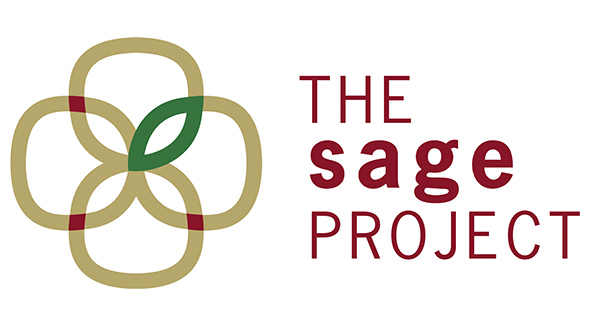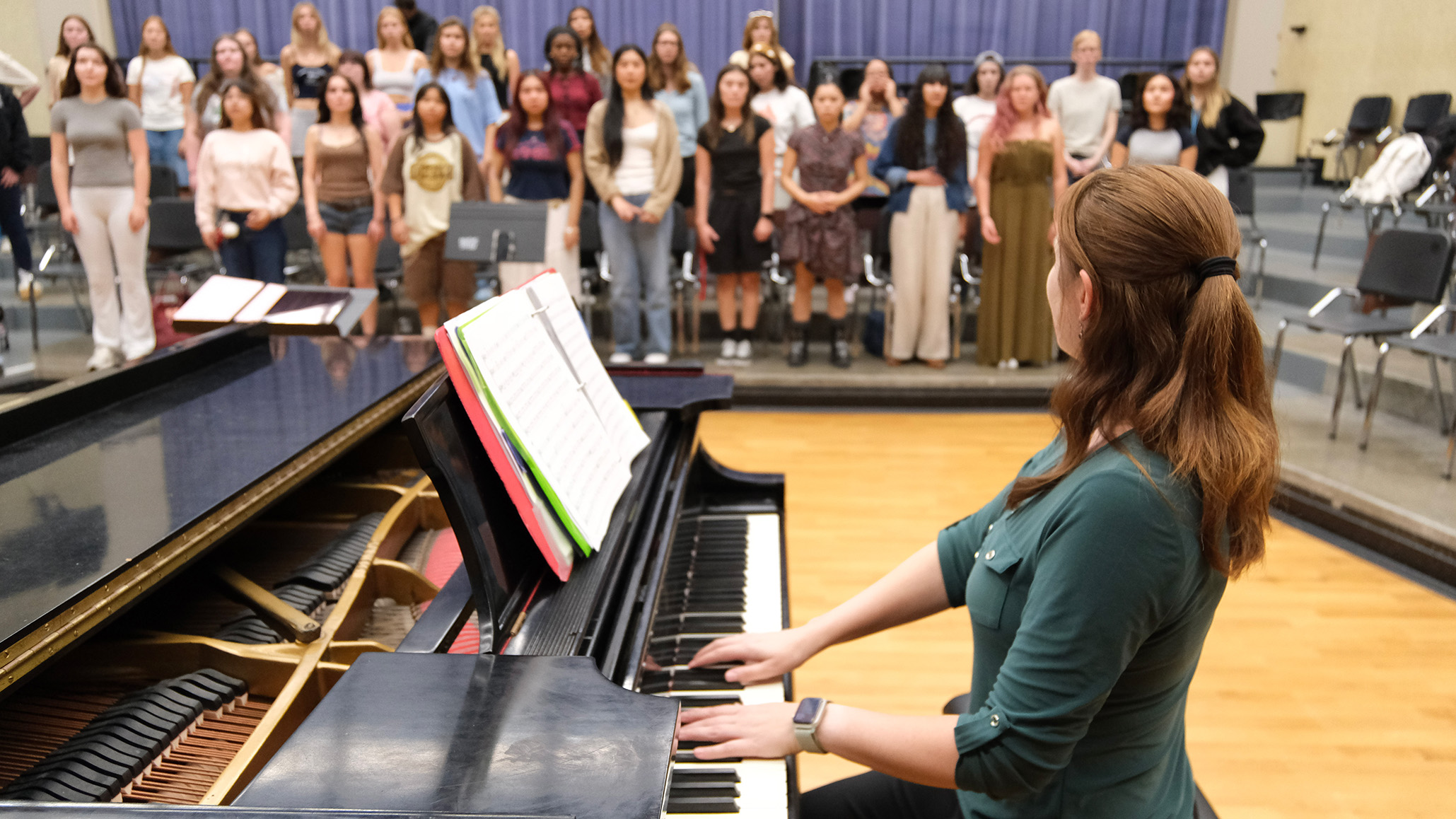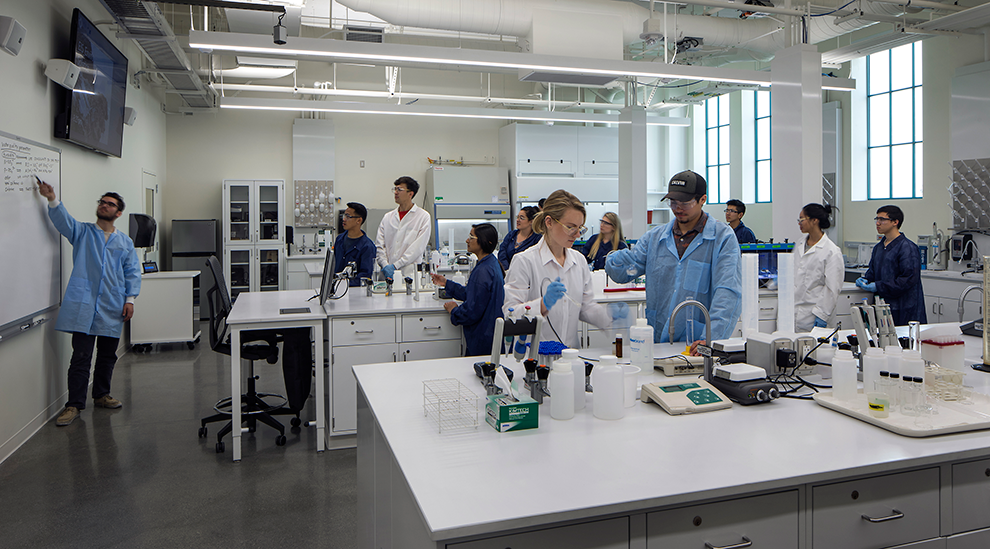Mapping Out a Decades-Old Environmental Threat
Sage Project students are pinpointing possible contamination sites from old dry cleaners in San Diego in an effort to help local government.

Geography and environmental engineering students and faculty are teaming up to map San Diego County sites that may be contaminated for possible testing and remediation as part of San Diego State University’s Sage Project.
Now in its eighth year, the Sage Project puts students and faculty in a partnership with local government to address community needs, focused on sustainability.
Geography is a powerful tool to address the issue by connecting knowledge with places, according to lecturer Kristen Monteverde, who leads Geography 584 students in the project.
Five years ago Monteverde was a student in the same class when it helped the City of Santee map private storm drain inlets through the project. A 2016-17 project with Lemon Grove produced designs for public art, urban planning and climate change mitigation; other classes produced a “zero waste” strategy for the City of La Mesa.
This year, the project is coordinating with the San Diego Regional Water Quality Control Board, one of nine regional agencies in the state, to find dry-cleaner sites in disadvantaged communities countywide, including locations that may have been closed for decades.
Harmful chemicals
The big villain is perchloroethylene, or perc, a solvent classified by California as a toxic chemical in 1991 and scheduled to be phased out of dry cleaners in the state in 2023. The same properties of perc that dissolve dirt from clothes allow it to penetrate concrete and soil, in some cases seeping all the way to groundwater.
“It’s related to respiratory irritation, it can cause kidney dysfunction,” said Christy Dykstra, whose Environmental Engineering 558 class is mapping the dry cleaner sites. “It also has a lot of neurological effects, such as impairing your coordination, headaches, dizziness, (and) weakness.” The U.S. Environmental Protection Agency also classifies perc as a likely carcinogen.
Handling and disposal of the solvent was leakier and less regulated in earlier times. A 2007 report for the Santa Clara Valley Water District concluded today’s dry cleaners are not considered hazardous but that as many as 75% of facilities in past decades — even up through the ’70s — may have caused some degree of contamination.
Disadvantaged communities
Sarah Mearon, senior engineering geologist for the Site Restoration Unit of the Regional Water Quality Control Board, noted that disadvantaged communities often are disproportionately affected by pollution. “The Water Boards are committed to addressing this disparity by integrating environmental justice efforts into our programs,” Mearon said.
“Most dry cleaners are small facilities that have the potential to create outsized environmental challenges,” she said. “This is where the Sage Project comes in. In partnership with Sage, we will be able to identify these facilities so that the potential for pollution can be assessed and mitigated.”
Depending on how well the research works, “we envision that this project has the potential to be expanded across the state,” Mearon said.
Historic resources
To find the sites, the 60 students in Dykstra’s class are poring through Sanborn Maps, documents produced for the predigital insurance industry that have become a vital resource for urban geography.
Monteverde’s geography class will then overlay the dry cleaner locations onto maps, with a special emphasis on searching for locations within disadvantaged communities. Dykstra noted the San Diego region’s many military sites — populated by personnel who place high value on crisp and spotless uniforms — meant an above-average number of dry cleaners, some of which may go back a century.
The project is supported by a $25,000 gift from the Contorer Foundation, which focuses on sustainability.
Community engagement
Jessica Barlow, Sage Project director at SDSU, said the work is an extension of the university’s longtime community engagement.
“People who are in the community just know that we’re involved...and we have a strong presence as a collaborative organization,” Barlow said. For faculty, she added, it’s a chance to advance and expand research and “just makes for a more exciting and interesting teaching experience.”
Meanwhile students are getting real-world, practical experience as part of their coursework. “Instead of doing a hypothetical project, they are doing a project that actually benefits the community that they’re living in,” Barlow said. “They see direct application of what they’re learning in the classroom to what’s happening in a community.”
Monteverde wound up with an internship and then a full-time job in Santee’s storm water department before entering graduate school and teaching, first at Grossmont College. She began her SDSU teaching position in fall 2019.
“I’m able to show students there’s a whole other world of jobs and things you can do to protect the environment,” said Monteverde, who has about a dozen students in her Geography 584 class. “There’s a lot of jobs out there that focus on keeping the quality of our natural environment intact.”



